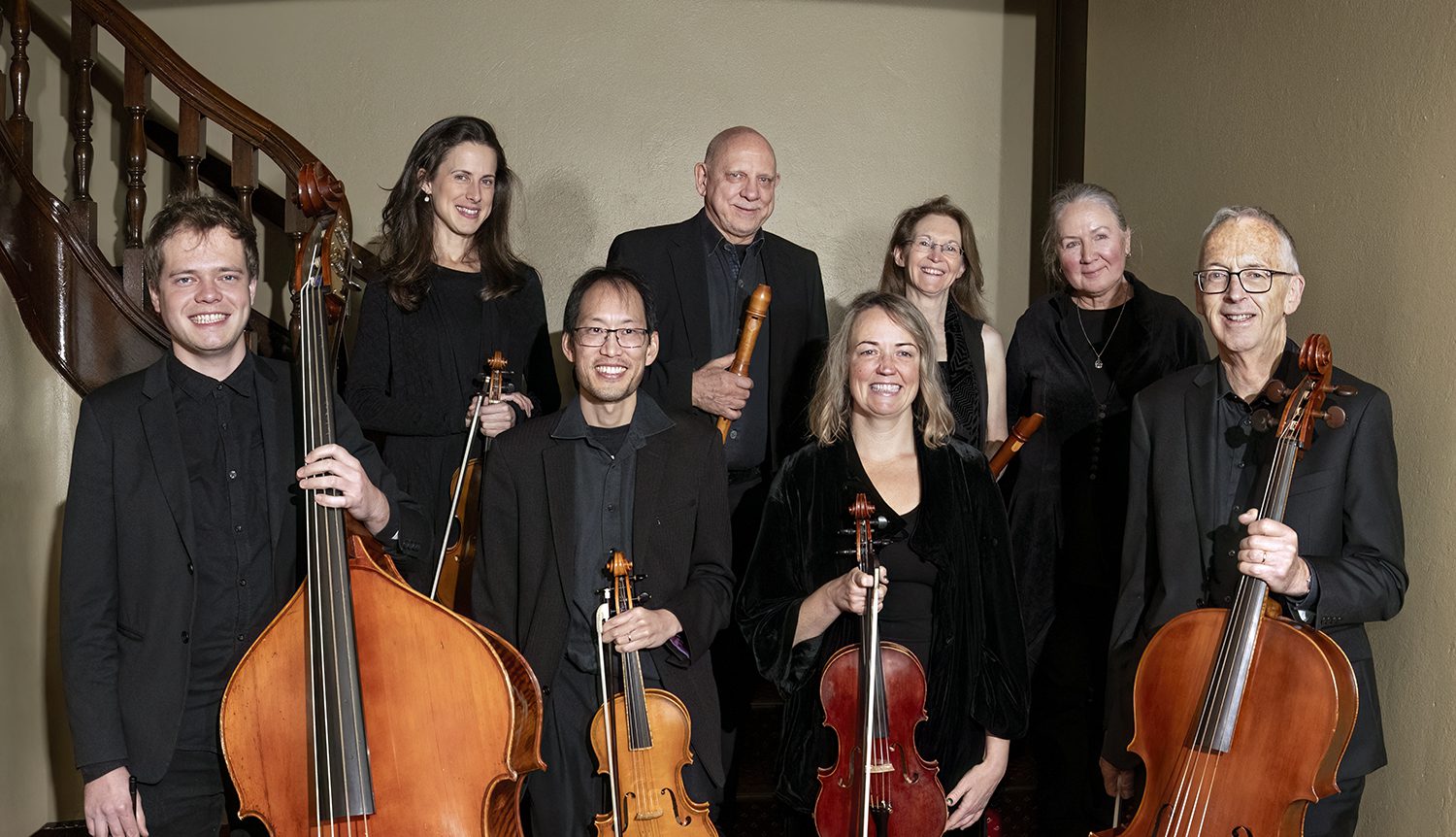This concert, in the Sydney Conservatorium of Music’s Verbrugghen Hall, was a celebration of the style and works of Arcangelo Corelli.
Geminiani’s Concerto Grosso in E Minor, Op 3 No 6 (1723) distinguishes itself by its curious mixture of movements – Adagio; Allegro-Adagio-Allegro-Adagio; Allegro – which is a colourful change to the hackneyed tripartite scheme popularised by Vivaldi. The sparseness of the opening Adagio gave the principal violin the chance to breathe and for John Ma to do what he does best – subtle, almost vocal, flourishes that make the violin sing.
Telemann’s Corellisantes: Sonata No 3 in B minor TWV 42:h3 lives up to genial lightness of a Corelli concerto grosso. It shows Telemann’s singular mastery of the Italianate style.
Next was Valentini’s Bizzaria, which was a fitting follow-on from Telemann who himself had composed an enigmatic piece entitled La Bizarre. Ma’s playing was characteristically lively.
Of particular interest was Couperin’s dedication to Corelli: Le Parnasse, ou L’apotheose de Corelli (c1724). It was a quaint programmatic piece, harking back to the Renaissance’s interesting in reviving the artistic forms of the Classical world, which depicted Corelli’s discourse with the Muses. Hence the titles to the movements:
‘Corelli at the foot of Mount Parnassus asks the Muses to welcome him amongst them. Corelli, enchanted by his favourable reception at Mount Parnassus, express his joy. The Muses wake Corelli and place him next to Apollo. Corelli gives thanks’
Its form, particularly that of the opening movement, was redolent of similar musical dedications, such as John Blow’s ‘Ode’ to Henry Purcell. Despite its Italian subject the music was decidedly French in persuasion, with its dotted rhythms and dance-like momentum.
The highlight was Reali’s La Follia. It is based on the terse eight-note peasant tune which descends into a frenzied set of variations. John Ma and Ella Bennetts on violins stood out with their use of the entire expressive range of their instruments, and so did Tim Blomfield on cello with fiendishly-difficult running passages. Monika Kornel on harpsichord gave the percussive touch needed for a piece which finds its origins in rustic Iberia.
Roman’s Psalm 24 alla Corelli continued the Corelli theme. It was a delightful arrangement from chorus to instrumental ensemble, with Hans-Dieter Michatz and Sally Melhuish as the iconic duo on recorders.
Alessandro Stradella’s Sinfonia in D major A concertino e concerto grosso distinti opens with a lively polyphonic interplay between violins follows by a stately Allegro. The final Allegro was, fittingly, a lively gigue.
Locatelli’s style is always hard to pin down. The opening to his Sinfonia Funebre is remarkably Romantic in dimensions for a composition from the late Baroque. But in case we forget, the audience is returned to the sound-world of the Baroque with an exercise in polyphony.
The concert ended, fittingly, with Corelli at what Corelli does best – a concerto grosso. Something of a canon emerges between the violins and Melhuish and Dieter-Michatz again shine in this arrangement to include recorders.
This was a bittersweet concert for Dieter-Michatz and the audiences who have been delighted by his mastery of the recorder for over 30 years, as he officially announced his retirement from Salut Baroque.
